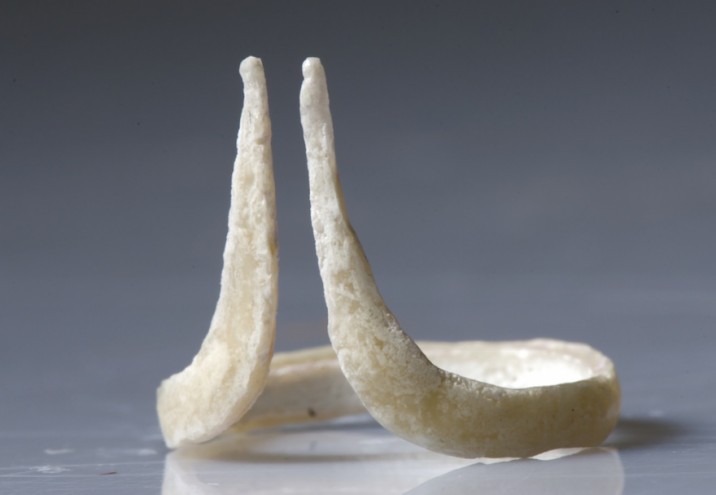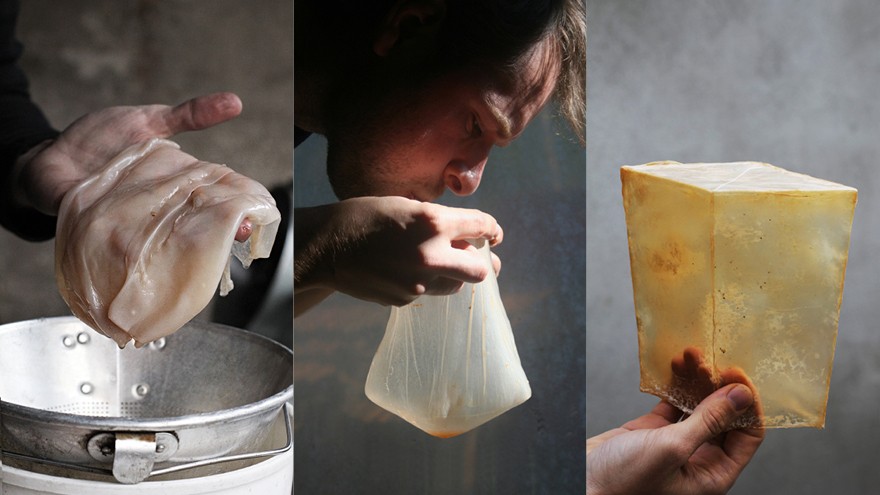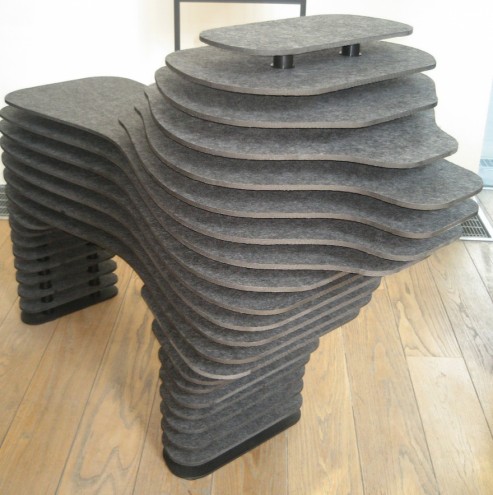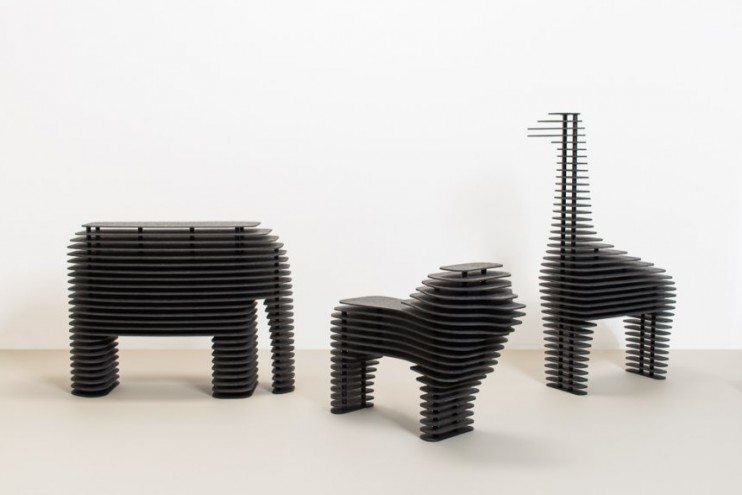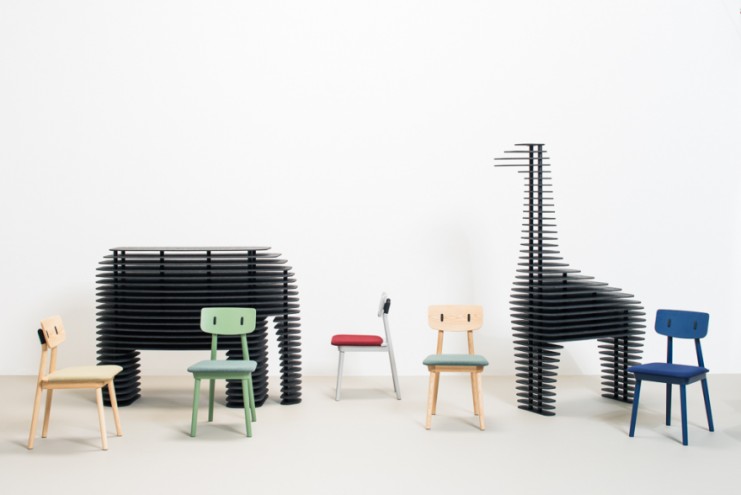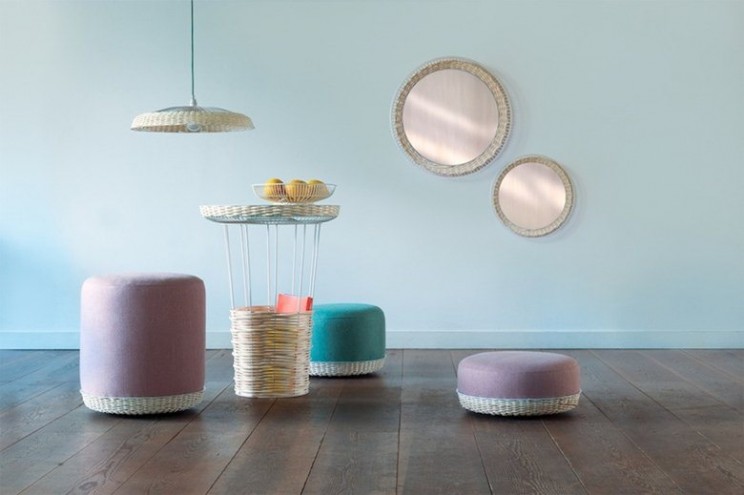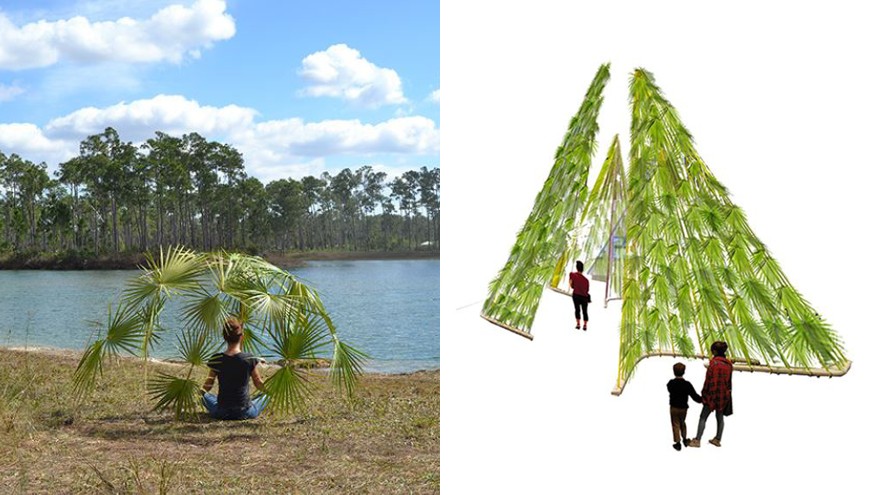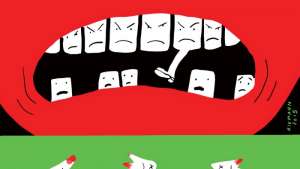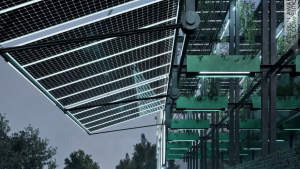From the Series
“Living” and “liveable” have been buzzwords at Milan this year, with many aptly titled exhibitions and products. Most of these take biological processes and natural materials as their starting point, finding ways to mimic or incorporate them into the work. Others are more about the daily economies of sustaining a living and search for ways to plug into and safeguard existing modes of making.
Living Matter(s) – an exhibition by Transnatural
The merging of natural biological materials with synthetically created and manipulated forms is the focus of the Living Matter(s) exhibition by Transnatural, an Amsterdam-based art and design collective. The group provides a platform for debate, research and production of work that focusses on how technology can support the natural world.
The exhibition at Ventura Lambrate explores the symbioses between nature and technology and the world of hybrid forms. “Ivorish” by Dutch designer and artist Nina Van Den Broek is a synthetically created ivory made from human and animal tooth waste. British designer Julian Melchiorri’s “Silk Leaf” is a synthetic biological leaf that can absorb water and carbon dioxide, while producing oxygen like a plant. The Growing Lab is an ongoing research project by Italian designer and engineer Maurizio Montalti that explores a series of products grown from mycelium, the vegetative web through which fungus absorbs nutrients from its environment.
The Well Proven Stool series by designers Marjan van Aubel and James Shaw explore a new way to reuse waste timber, which can reach 50-80% in regular production. Woodchips are mixed with a bioresin that expands to a light and strong foam. By combining these waste products, a new and durable material is created.
The Xylinum Cones project presents a production line that uses living organisms to grow geometrical objects. German designers Stefan Schwabe and Jannis Hülsen use bacterial cellulose to explore our perception of new biotechnological materials. Bacterial cellulose is characterised by high purity, strength, mouldability and increased water-holding ability. The designers use the cellulose to grow material and ultimately create sculptures and products.
Living PET by DeVorm
The Livable PET collection of animal sculptures, designed by Lorenzo Palmeri for Dutch design house DeVorm and on show at Ventura Lambrate, is made of felt upcycled from disused PET bottles. The soft yet strong felt material has sound-dampening properties that are the pieces’ main feature.
The collection had its predecessor in Palmeris Living Stone series, which was originally designed for Stone Italiana and made of stone. With De Vorm Lorenzo found the right material and technique to turn the animals into acoustic showpieces.
DeVorm makes furniture and interior products that take the object’s full life cycle into consideration, producing pieces that are functional, accessible and environmentally friendly.
Livable Products by Sep Verboom
Dutch designer Sep Verboom’s Liveable Products range, also at Ventura Lambrate, investigates and merges traditional craft, reuse of waste materials and contemporary design. His latest range – the Rope Hope lamp and stool – is inspired by an enterprising group of rope-makers in the Philippines who rehabilitate old shipping ropes and sell them anew. His Fantasized range, launched at Milan last year, includes lamps, bowls, pouffes, tables and mirrors made from electric fans purchased at junkshops around Cebu City in the Philippines, known for its wicker industry. The used fan guards are combined with traditional weavings by local craftsmen. Verboom’s aim is to stimulate the local economy and provide a liveable future for the crafters, while at the same time producing a forward-thinking range of contemporary design products.
“Nesting Nature” at SaloneSatellite
SaloneSatellite – the Salone del Mobile showcase of emerging young designers now in its 18th edition – took the theme of “Planet Life” this year. Architect Caterina Tiazzoldi’s installation “Nesting Nature” was inspired by her month-long residency in the Everglades National Park in Florida. Conceived in response to the theme of the upcoming Milan Expo 2015, “Feeding the Planet, Energy for Life”, the installation resembles a series of teepees covered with palm leaves. Tall and imposing, the enclaves of green are created by wooden rails supporting an elastic structure off which the leaves hang, bringing a touch of nature into the predominantly concrete exhibition space. Tiazzoldi is an artist and architect based between Turin and New York.

